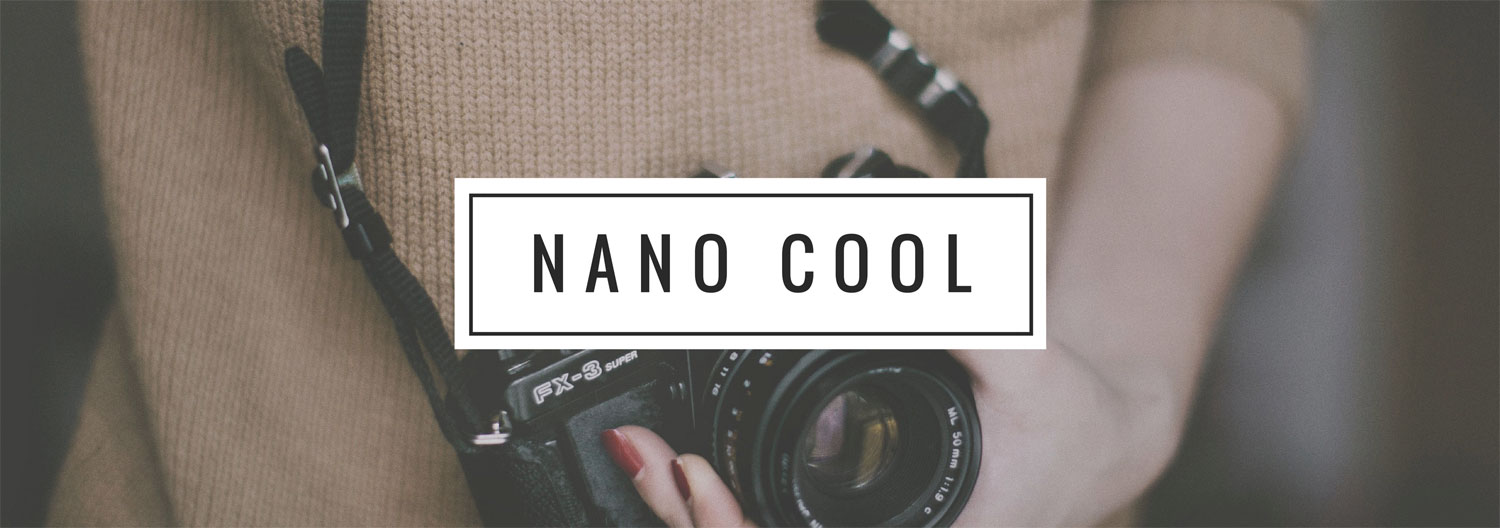If you are searching for a new hobby you will find that there is a lot of fun and variety to be had when you tackle some simple electrical projects before building up to creating more complicated electronic circuits once you get your stripes.

Here are some suggestions for some good starter projects to get your new hobby under way, including a way to get used to the tools you will be using regularly, find your way around a PCB, plus an LED idea to get you started.
Soldering on
If you are going to be doing anything connected to electronics you will definitely be getting familiar with a soldering iron and it is an essential component in your workshop.
It makes sense to get to know how to use a soldering iron correctly and efficiently so that you are not stumped when you take on more complicated circuitry work where your skills will be put to a sterner test.
Once you have got a soldering iron kit from a website like RS online you will be ready to get your electronics hobby started properly.
Understanding the basics of soldering and how it works will help with your proficiency when you know what it can do and how it works. Try practicing your technique on an old circuit board or by creating some jewelry.
There are loads of simple projects around so give a few a go until you are more comfortable with a soldering iron in your hand.
Make your own PCB
If you are going to have some success and progress with your hobby you will need to be competent with circuit boards and it is actually quite simple to make your customized printed circuit board (PCB). Of course, for both start-ups and experienced companies, help with this side of the project is sometimes needed. Many companies, old and new, look to find device programming services to assist them when creating circuit boards and other technical elements of the business. This is always an option to turn to if you are struggling to create things yourself.
The usual method is to print your circuit design indirectly to your board and then iron the printed circuit board over the copper side of the PCB. Don’t use an inkjet printer as it won’t work, instead, you need to use a laser printer or photocopier so that when you iron the design on the copper side of the board it will transfer properly.
Follow instructions like these to get the hang of the technique and you will soon be ready to take on some more projects.
Take the LED challenge
Some of the early projects you might take on don’t always have the most useful or practical purpose but the point is more about learning what to do and getting a grounding that will set you up for more rewarding and purposeful projects.
Try building a supercapacitor USB light using a USB plug, supercapacitor, and an LED. It should prove to be a quick and easy project to complete and it is always cool to see something work once you have done your work.
Beef up your stereo
Another good starter project would be to use Altoids tin to add some multiple audio inputs to something like a car stereo.
Again, this is not an overly complicated project to take on but it does have a practical benefit and you might find it useful to create some multiple audio inputs while learning a bit more at the same time.
Conquering circuits is not that hard once you get started so give it a try and see where your hobby takes you.
